When you’re ready to move from a beginner level, fixed lens camera to something more advanced, you’re almost certainly going to turn to interchangeable lens cameras (ILCs), either DSLRs or mirrorless ILCs. To make the most of your DSLR or mirrorless camera, you need to understand the differences between the types of camera lenses.
In this section we’ll discuss the common categories of lenses and what you can do with them.
1. Ultra Wide Angle (Fisheye) Lenses
Ultra wide lenses are the widest lenses you can buy. A fisheye lens produces strong visual distortion intended to create a wide panoramic or hemispherical image. A fisheye can be super useful in getting shots that would normally require lots of trouble and are sometimes nearly impossible to make with a normal extreme wide angle lens. Think of crazy vertigos from rooftops or images in which distorted lines actually give meaning to an image.
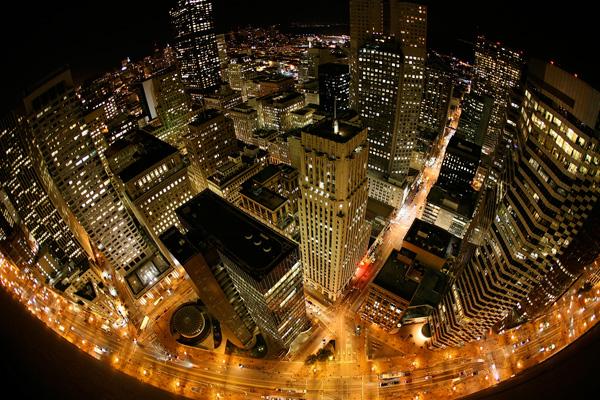
There are two types of fisheye lenses for SLR cameras:
- Circular – this one usually has a 180° (even more with some lenses) field of view and creates a circular, strongly distorted image in the center of the frame.
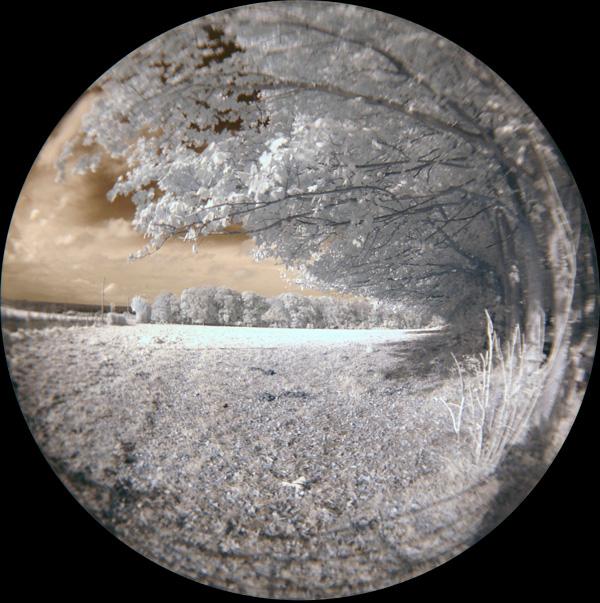
- Full-frame – this one has slightly narrower (180° diagonally) field of view and produces an image that covers the whole frame with much less distortion.
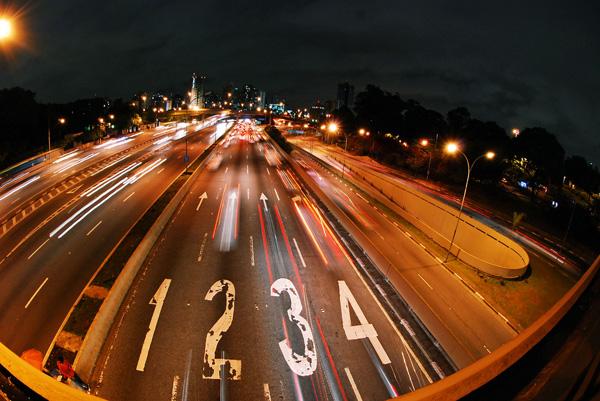
Both types produce images that are significantly distorted but that is either is exactly what you want or it can be corrected with the software, but it certainly doesn’t have to look as what you see through a door’s peephole. Situation that I think a fisheye lens is useful are:
- Close distance sport/action shots – people jumping on bikes, skateboards, snowboard or skis. Fisheye gives a very cool feeling of immersion in that type of shots. I wish I had taken more of those.
- Landscape – when all the objects are far away from the camera it is possible to minimize the fisheye appearance by putting the horizon in the center of your image.
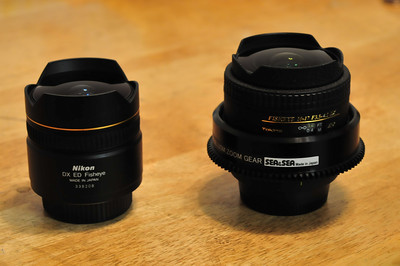
2. Wide Angle Lenses
Wide angles should be used when prominent foreground objects are present. The primary mistake made by new photographers is to use wide angles incorrectly- by not being close enough, having no interest in the foreground, or by trying to include too much in the scene. Wide angles are also handy in tight areas, like small rooms, cars, caves, etc. They can give volume to the small area. Wide angles have the potential to drastically change your photography.
There’re a few things that you should always have on your mind while using wide-angle zoom lenses. First of all, get A LOT closer to your subject, you should be even literally inside your foreground, amongst the subjects. These lenses really emphasize the sizes of the objects, making bigger what is closer and smaller what is farther. It enables you to show your viewer the close details and the broad background at the same time. Remember to keep the sizes natural!
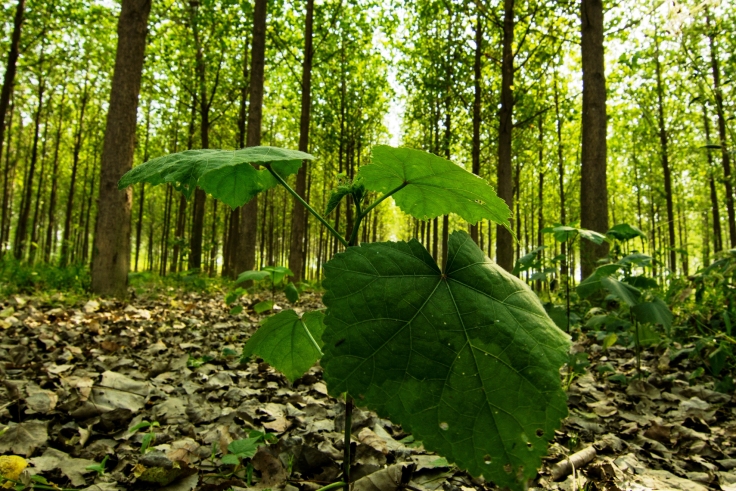
Beware perspective. Use architecture, trees (these have awesome possibilities – see the picture below!) or any other geometric object that you see. Keep an eye on the lines so that they don’t collide – even a tiny move of your camera can distort the perfection of the photo!
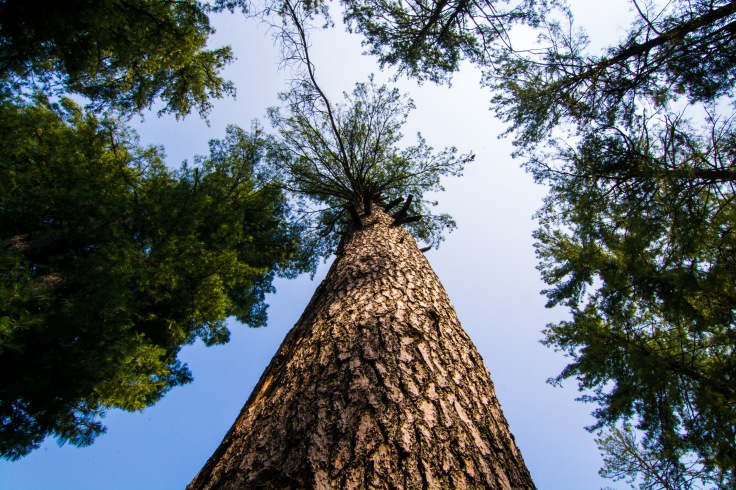
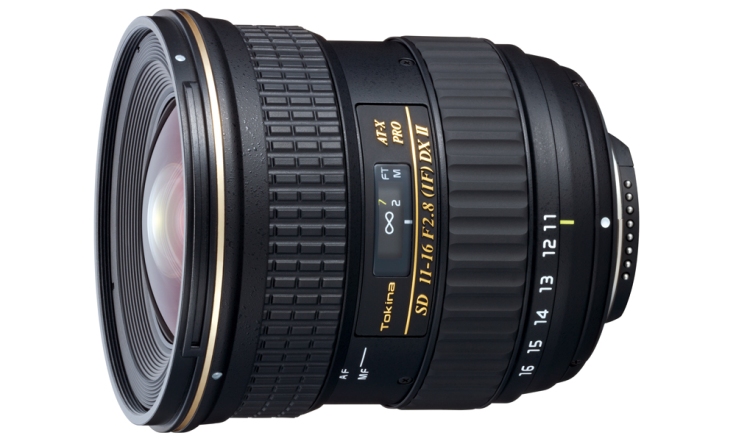
3. Standard Lenses
A standard lens has a focal length range of 35-70mm. The most common standard lens is a fixed 50mm lens. Standard lenses are most commonly used for documentary and street photography, where photographers need to move quickly and capture an interesting point of action. They have an angle of view which is roughly the same as the angle that the human eye can comfortably view, meaning that they produce images which appear “natural” to the viewer. They are popular for a wide range of photography subjects, including landscapes, portraits, and candid shots.
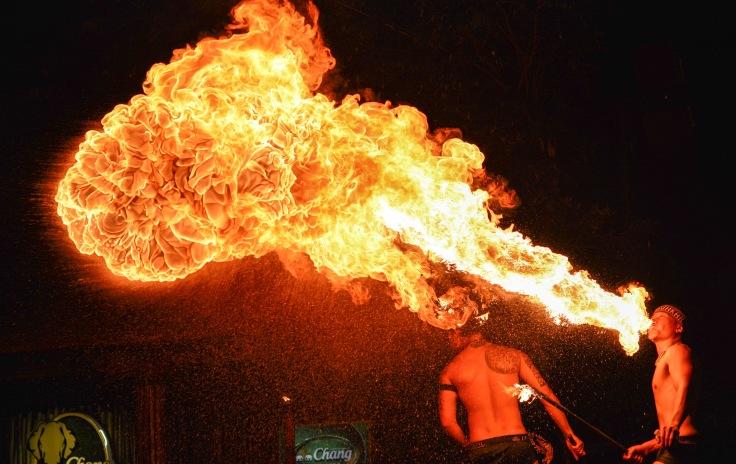
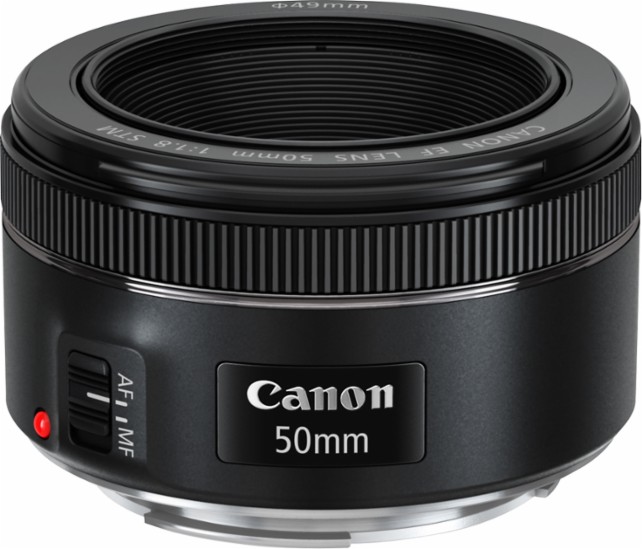
4. Telephoto Lenses
Any lens with a focal length of between 135mm and 300mm is a true telephoto lens. Manufacturers make a huge range of lenses in this range … at an equally large range of prices!
Telephoto lenses are traditionally used for sports and wildlife photography, but their essential function is to bring distant objects closer. Telephoto zooms allow one to stand back a little when the subject isn’t quite as approachable, or when your subject might be feeling overwhelmed by the presence of the camera. This makes telephoto zooms extremely useful for portraiture as well.
If you choose a telephoto lens, make sure to spend the extra money and get one with optical stabilization. Everything is magnified by a telephoto lens, including the small movements of your hands and body when holding the camera. You’ll end up with a lot of motion blur if the camera isn’t stabilized, and since you won’t have a tripod with you at all times you can save yourself some ruined images if the lens can help stabilize itself.

The longer the lens (meaning the farther working distance), the higher the price.
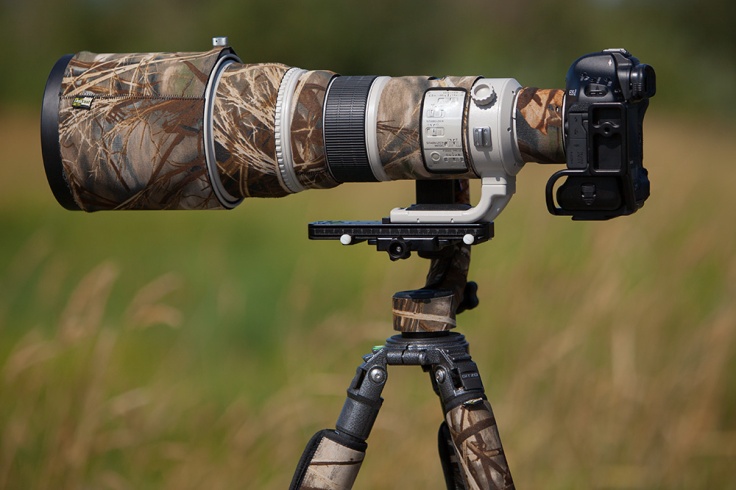
5. Zoom Lenses
A zoom lens has a variable focal length. By turning the zoom ring, you move optical elements inside the lens to achieve a different angle of view. This means that you can make objects appear larger by turning the zoom ring in one direction, or fit more objects into the frame by turning it in the opposite direction. They are ideal when you are photographing a variety of subjects such as landscapes and portraits, and you just want one lens for both situations. Using a zoom lens also reduces the number of times you need to change the lens which saves time and limits the possibility of getting dust in the camera’s mirror box or on the sensor.
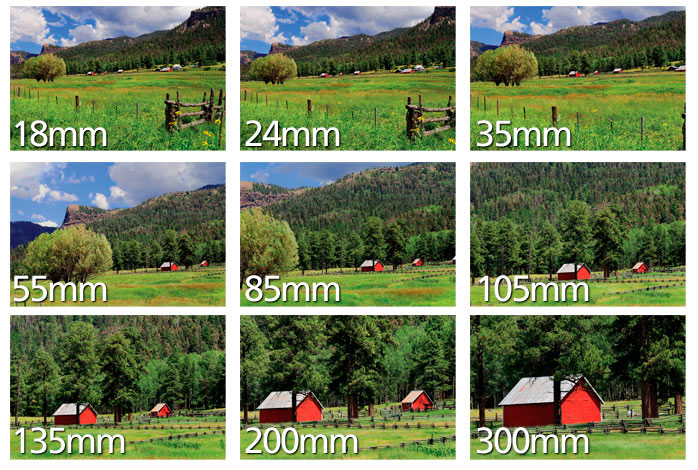
6. Fixed Focal Length (Prime) Lenses
A prime lens is the opposite of a zoom lens: it has a single focal length. You can get prime lenses in any focal length, from ultra-wide angle to telephoto.
Prime lenses are different. They only have one focal length. You can’t zoom in or out. You get one viewing distance, and that’s it.
The most standard prime lens is the 50mm “normal lens.” Its focal length roughly matches where your eye focuses, giving you an image that’s fairly close to what’s in front of you. There are other prime lenses too that come in all sorts of different focal lengths.
With the ready availability of zoom lenses in any focal length, it might seem like a technological step backward to use a prime lens, but there are some distinct advantages.
- To get higher quality images. Because prime lenses aren’t built to zoom, they have a much simpler design. This leads to fewer visual defects and aberrations. In short, you get a much less distorted and more technically correct image when you shoot with a prime lens.
- To get a better aperture at a lower cost. Wide apertures (low F-numbers) have their cost, especially when you add them to zoom lenses. Have you ever seen a giant zoom lens, sports photographers use and wondered why it needs to be so big? The reason is the aperture. To get the lens to zoom with a big aperture, you need a much bigger lens. Making the lens really really big also makes it really really expensive. That’s why they cost so much too.
Prime lenses are a great place for any budding photographer to begin experimenting with new lenses because they force you into a new and unfamiliar place. Suddenly, instead of simply zooming, you need to get more creative and walk up to your subject to frame it correctly. You’ll also learn how to create new effects using the wider apertures readily available. If you can afford a 50mm F1.8 lens for your bag, you’ve made a good start.
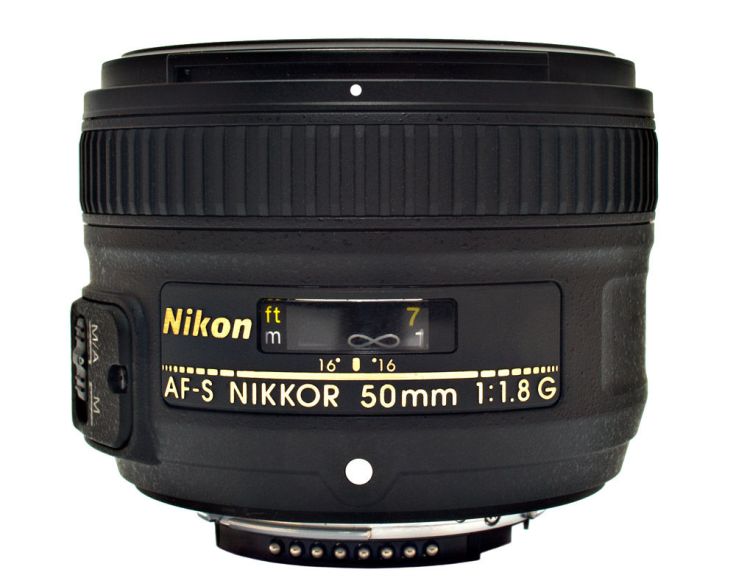
7. Macro Lenses
These lenses are able to focus closer to an object than normal lenses, offering a 1:1 ratio, which means that your subject is reproduced on the camera sensor at life-size which allows for huge amounts of detail. They have a different internal construction from normal lenses which gives them very good sharpness and contrast, meaning that they produce some really eye-catching photos.
Macro lenses are useful for photographing any subject at very close range. Typical subjects include insects, animals, and plants, but they are also popular for taking extremely detailed photos of everyday objects.
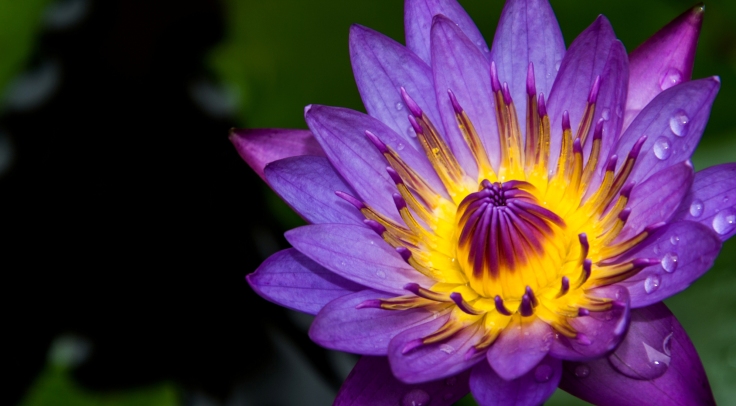
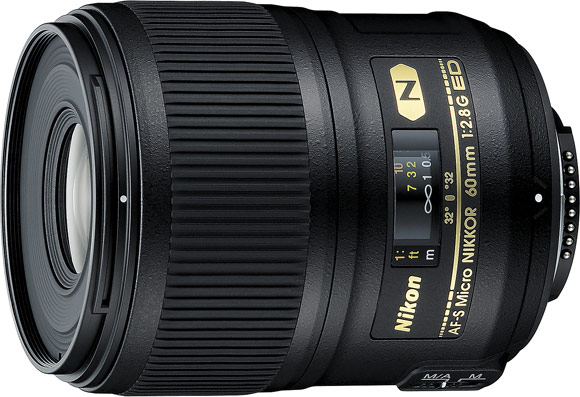
Tell us about your favorite lens in the comments below.
Image Copyrights remain with the respective photographers.
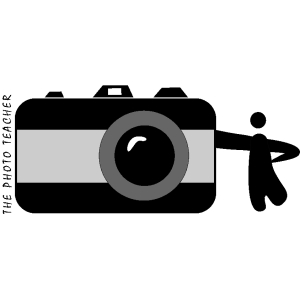
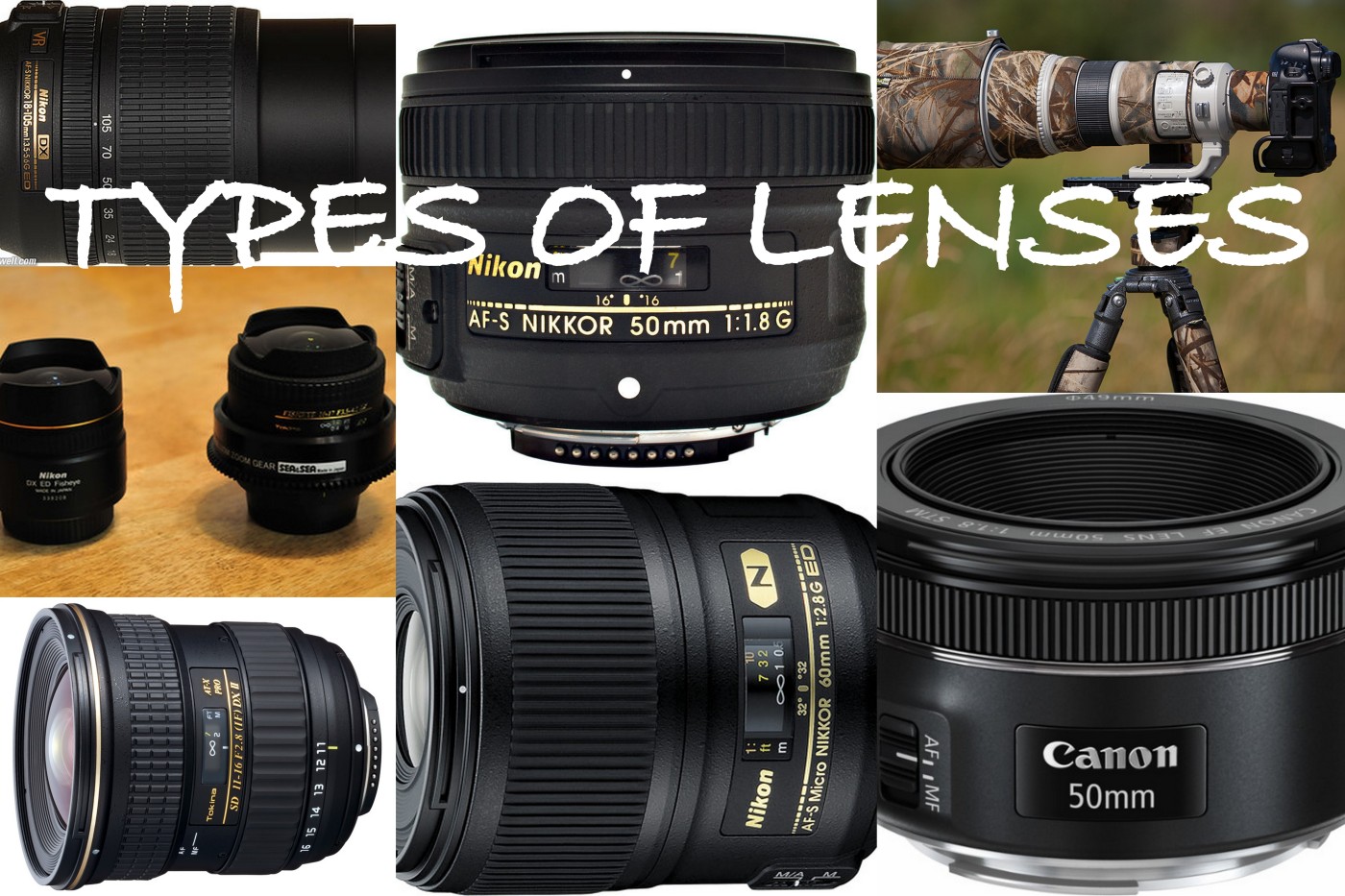
January 9, 2017 at 1:06 pm
I have a fullframe camera (Canon EOS 5Ds R now. 5D MkIi, 40D, 30D, 20D, 90IS before that) and love to shoot landscapes, usually with my 24-105mm, at 24 mm. I had a 17-40mm before that, but since I also have a Sigma EX f/2.8 15 mm diagonal fisheye, I switched to a more useful zoomrange.
The 15 mm is fun to use both at f/2.8 and small apertures. Definitely a keeper.
I’m waiting for my first tilt-shift lens (Canon TS-E 24 mm f/3.5) to arrive, and have great expectations for that one.
I also had a 24 mm for my SLR in 1971. (Started with a 28 mm)
I also have a circular fisheye (8 mm Peleng) that I rarely use, but will keep it.
I had a Canon EF 70-200mm f/2.8 IS II, but switched to a Canon EF F/4.5-5.6 IS II and havn’t missed the 70-200. This 100-400 is an extremely sharp, high quality lens. Fun to use.
For macro shots I use a Sigma EX 105mm f/2.8 macro. Love it, and use it quite often.
I love post processing and playing around in PhotoShop. Adobe Camera RAW (9.7) is amazing and fun. Single exposure blending (in the RAW-converter) has taken over for HDR for many of my images.
LikeLike
January 9, 2017 at 2:08 pm
Wow You have an amazing collection of camera gears.
LikeLike